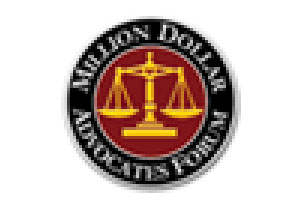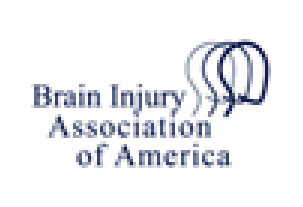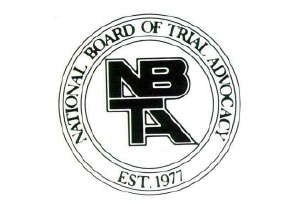The award-winning AMC drama Breaking Bad is renowned for its brave performances, shocking twists and pitch-black humor. The show has also made advances in how the media portrays people with cerebral palsy. The show centers around Walter White (played by Bryan Cranston), a high school chemistry teacher who turns to methamphetamine production as a last-ditch effort to raise money for his cancer treatment. White’s slow descent into the drug world slowly alienates and terrifies his wife Skyler and his child Walter Jr., who has cerebral palsy. Walter Jr. is played by RJ Mitte, who has cerebral palsy in real life. Mitte said that the show’s attitude towards Walter Jr. – treating him like a regular teenager – was refreshing. “When a person with a disability is featured, it’s usually a stereotype – the angry person, the victim or the helpless person who becomes a hero,” Mitte said in an interview…
Read More »
Birth Injury and Cerebral Palsy Attorneys Home
‘Breaking Bad’ Shines a Light on Cerebral Palsy
July 13, 2012Campaign Spreads Awareness of Shoulder Dystocia
July 9, 2012Shoulder dystocia occurs in approximately one percent of childbirths. Sometimes during delivery, the baby’s shoulder becomes stuck under the mother’s pubic bone. In one out of every thousand births, the doctor might damage the brachial plexus, a sensitive bundle of nerves near the neck and shoulders. Brachial plexus injuries can lead to life-long complications like loss of limb control or Erb’s palsy. PeriGen, a medical device company, is launching the “Start the Conversation” campaign to spread awareness of shoulder dystocia and help mothers recognize and prevent risk factors. Shoulder Dystocia Risk Factors Diabetes Maternal obesity or weight gain Fetal macrosomia (a.k.a. big baby syndrome) Research has found that 70 percent of shoulder dystocia incidents occur alongside macrosomia. Generally, babies who weigh more, stay in the womb longer and come from overweight moms are more at risk of shoulder dystocia. PeriGen offers a web-based tool that allows both the patient and…
Read More »
Cerebral Palsy Indicators for Children
July 4, 2012People with cerebral palsy have difficulty controlling their movements due to cognitive development disabilities or impairments. Cerebral palsy affects each person differently: one person might have some awkward or difficult movements, while another will be confined to a wheelchair for the rest of his or her life. Children start showing signs of cerebral palsy early on. The Centers for Disease Control (CDC) has compiled a list of indications that your child might have cerebral palsy. Children older than two months: – May not be able to control his or her head when held – May stiffen or “scissor” legs when held Children older than six months: – May still experience difficulty with head movements when held – May only move one arm while keeping the other hand balled in a fist Children older than 10 months: – May favor one side of the body when crawling – May…
Read More »













